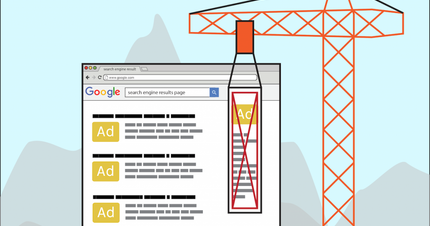On October 27th, Google rolled out the BERT algorithm update. Here are our major takeaways.
Working in SEO, I’ve learned that few events cause as many problems for a business as launching a new site does. Your new site may increase user engagement and your conversion rate, but if you ignore SEO considerations you’ll often see a drop in your SERP rankings and organic traffic.
First introduced in 2012, Google’s Knowledge Graph has demonstrated the search engine’s ongoing shift towards a more contextual, semantic search interface. So how can a business take advantage of this newer SERP feature?
If you’re an SEO analyst like me or you’re just savvy to the digital marketing world, you’re no stranger to the fact that Google has been quickly making huge changes to its search engine results page (SERP).
Webmasters, SEOs, developers, and digital marketers alike rely on marketing metrics to gauge anything from content efforts to e-commerce revenue. For those that are new to Google Analytics, the sheer amount of data can be daunting. Fear no more!
Well, well, well. It’s the same old story. An update to the Google search engine results page (SERP) is inevitably accompanied by an industry-wide freak-out. On February 18th, Google eliminated all right-column ads and made four ads at the top of the SERP standard.
To truly understand how visitors are using your website you need to be taking advantage of Google Analytics’ events tracking feature. In my opinion, an event is most complicated Analytics goal to set up, which causes many users to shy away from them. Never fear!






